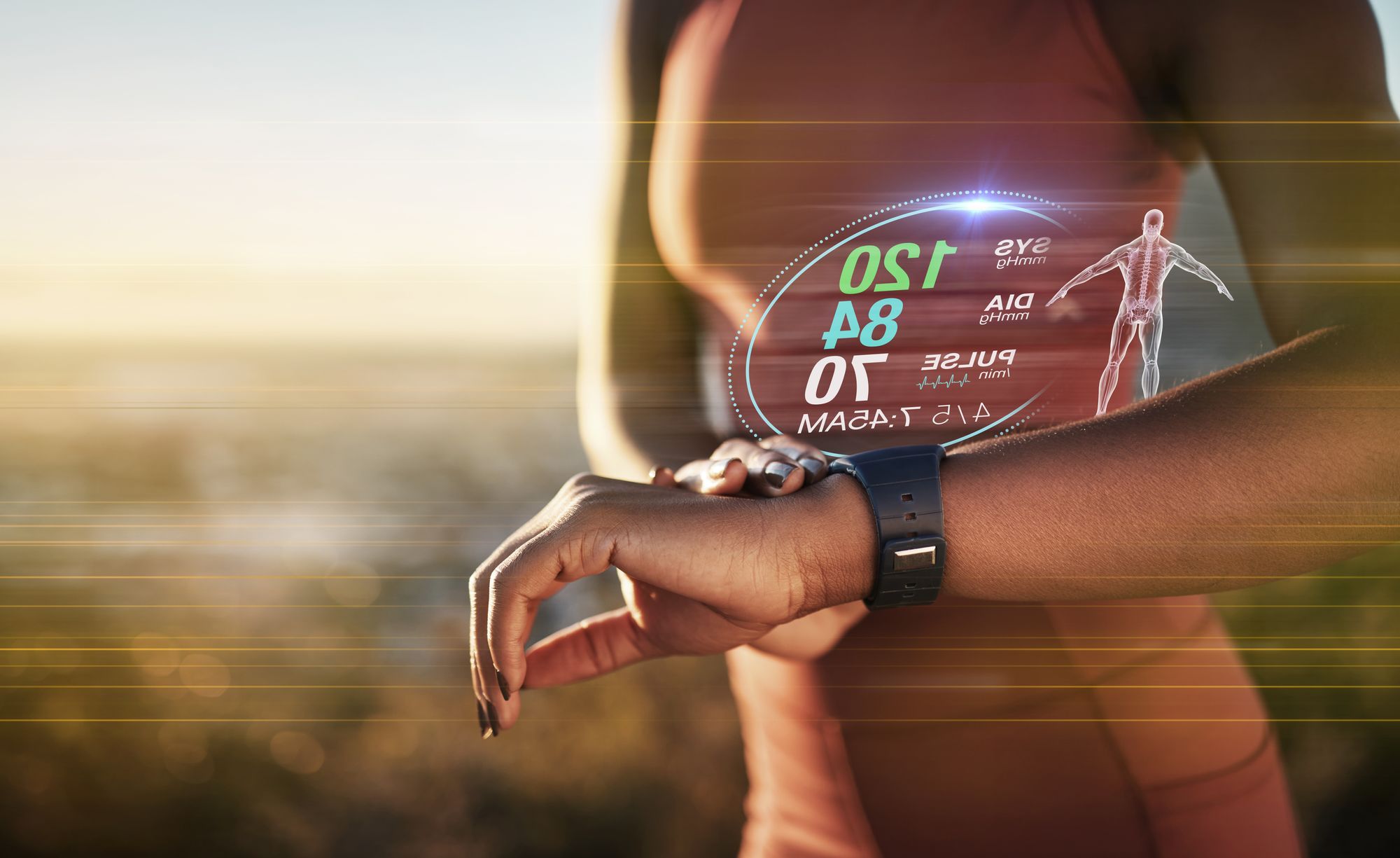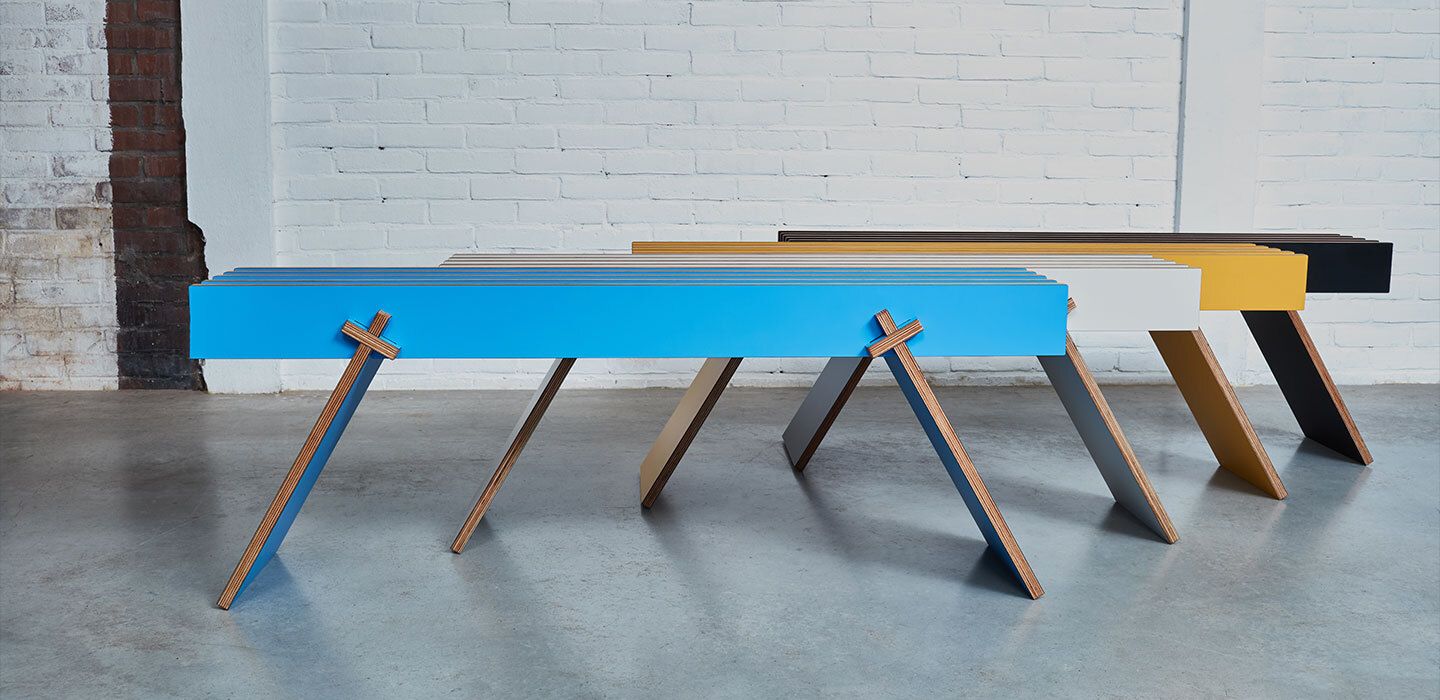How 3D Configurators are Changing the Sports Equipment Market
Learn how 3D configurators are revolutionizing the sports equipment market with personalized shopping experiences and improved sales conversion rates.

The sporting goods manufacturing industry is a thriving sector worth billions of dollars and is experiencing continuous growth. This comes as no surprise, as sports enthusiasts and athletes around the world constantly purchase equipment, protective gear, and apparel.
However, with the rise of digitization and omnichannel retail in various industries, there is a growing need for improvement in the sampling and sales of sporting products. To achieve this, companies in the industry are incorporating cutting-edge technology such as robotics and 3D printers to streamline sales and boost revenue.
One such tool that is revolutionizing the industry is the 3D product configurator, which allows companies to offer a personalized and interactive experience to their customers. With its advanced 3D visualization capabilities, consumers can now customize products with ease, unlike the traditional 2D product visualization.

Sporting Goods Industry Forecast: The Next 4 Years
The sporting goods industry is a thriving market that generates billions of dollars in revenue each year. In 2020, the sales of sporting goods in the United States reached approximately $300 billion, and this trend is expected to continue. McKinsey forecasts that by 2025, the industry will have reached a value of $395 billion.
The Shift from Physical to Online Shopping - The Sporting Goods Industry Embraces Digital Transformation: The sporting goods industry has experienced a significant shift towards digital shopping, as consumers have become more familiar with the convenience and accessibility of purchasing online. Online retail sales have increased consistently, and by 2021, it is estimated that 45% of all sales in the industry were conducted online, even with the reopening of physical stores. This trend is especially pronounced in the fitness apparel sector, where it is estimated that the majority of consumers will prefer using online fitness and wellness programs and digital exercises.
Sustainability - A Priority for Consumers in the Sporting Goods Industry: Consumers are increasingly prioritizing sustainability, with two-thirds of them showing a preference for eco-friendly options when purchasing fitness apparel. The growing awareness of the importance of sustainability has created a demand for products made from sustainable materials, providing opportunities for brands that can meet this need.
The Growing Need for Mouth Guards and Protective Equipment: The increased demand for mouthguards among athletes has led the industry to adopt 3D-printed mouthguards, which offer higher protection and faster production times. The global market for sports mouthguards is a lucrative industry, with a value of $3.7 billion in 2021 and an anticipated growth rate of 5.9% annually from 2022 to 2030.

The Power of 3D Product Configurators in Transforming Sales and Customer Experience for the Sporting Goods Industry
3D Visualization Tool for Customized Product Design: Customer satisfaction is a key factor in building brand loyalty and driving sales. One of the key features of a 3D product configurator is its visually appealing interface, which can contribute to a positive customer experience.
According to a study by McKinsey, companies that prioritize customer experience management can reap significant benefits, including a 20% improvement in customer satisfaction, a 15% increase in sales conversion, a 30% reduction in cost-to-serve, and a 30% boost in employee engagement.
With its 360-degree 3D visualization capability, a 3D product configurator enables customers to personalize their purchases by visualizing different product configurations. This enhances the customer experience and drives ROI, resulting in a win-win scenario for both the customer and the company.
Enhancing the Shopping Experience: McKinsey's Kelsey Robinson predicts that by 2030, shopping will be predominantly a personalized experience for consumers. Rather than relying on in-person interactions, physical store visits, or hands-on product evaluation, customers can use a 3D configurator to view products from all angles and make personalized modifications to suit their preferences, all from the convenience of their home.
Improved Sales Conversion Rates: Offering customization options to customers leads to unique product purchases, which in turn enhances customer satisfaction and fosters brand loyalty. By providing a personalized shopping experience through a 3D product configurator, companies can expect a higher conversion rate as satisfied customers are more likely to make repeat purchases.
Lower Marketing Expenditures: A 3D product configurator streamlines the sales and marketing process, allowing for continuous improvement based on real-time customer feedback. The real-time design feature also reduces inventory costs as products are only manufactured on demand. As a result, companies can experience reduced expenditures in areas such as marketing, storage, and logistics.
Seamless Integration with Enterprise Systems: The integration of 3D product configurators with enterprise systems such as ERP, CDP, and CRM, as well as automation platforms like Zapier, UIPath, and Pipe17, enhances the customer experience and streamlines operations. By seamlessly integrating with multiple third-party systems, brands can create a cohesive and efficient retail experience for customers, ultimately boosting B2B sales.
Understanding the Advantages of Implementing Salsita 3D Configurator
The use of 3D product configurators has revolutionized the shopping experience by allowing customers to personalize products to their specific needs and preferences. This leads to higher levels of engagement and satisfaction, as well as increased sales, ROI, and customer insights.
Salsita 3D Configurator provides a truly personalized ordering experience, offering full customization options and faster production times to produce unique, tailored products that optimize your production and sales processes. The cutting-edge 360-degree visualizer, user-friendly interface, and real-time pricing feature enhance the shopping experience, giving customers immediate insight into the cost impact of their customization choices, ensuring a transparent and enjoyable purchasing journey.
KILO, a B2C furniture company, leveraged Salsita 3D Configurator to automate the process of providing personalized customer experiences as they grew their business. The configurator's powerful customization options and intuitive interface have helped KILO deliver stylish and unique designs to customers.

Read the case study to see how KILO successfully utilized Salsita 3D Configurator to improve their customers' shopping experience.


